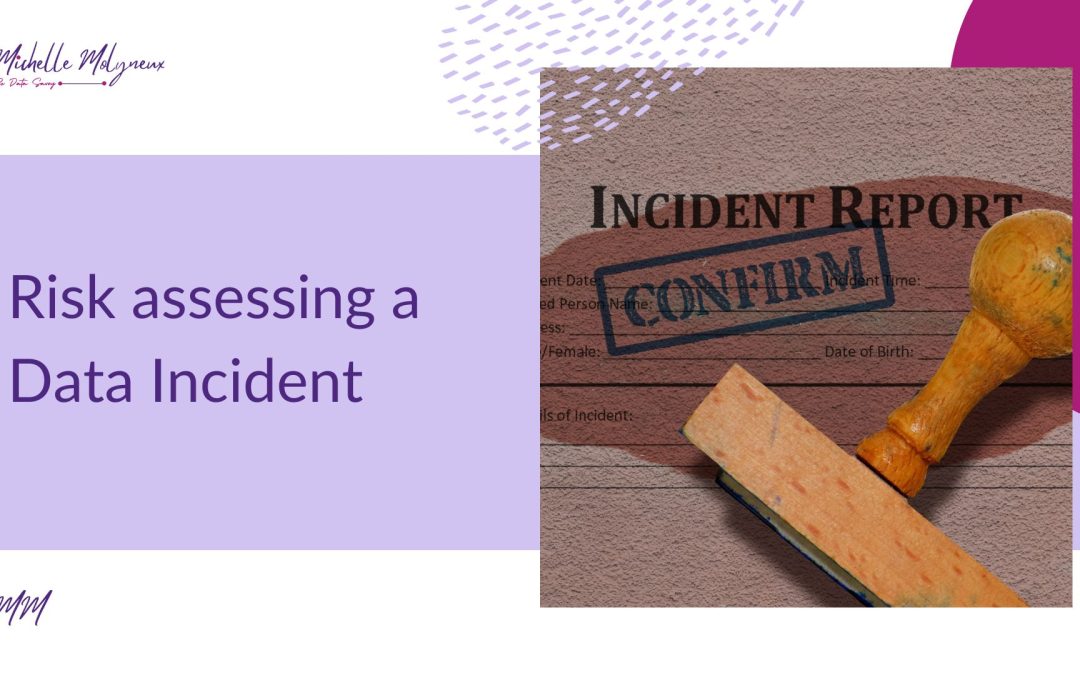Introduction
In today’s digital age, the amount of data being collected, stored, and processed is constantly increasing. With this comes the risk of data incidents, such as data breaches or cyber-attacks. When a data incident occurs, it is essential to quickly assess the risk involved and take appropriate action to minimise the damage. In this blog post, we will discuss the steps involved in risk assessing a data incident.
Identify the Type of Incident
The first step in risk assessing a data incident is to identify the type of incident. Many kinds of data incidents exist, including data breaches, cyber-attacks, insider threats, and accidental disclosures. Each type of incident requires a different approach to risk assessment. For example, a data breach may involve the theft of sensitive data, while a cyber-attack may include the compromise of a company’s systems. Once the type of incident has been identified, it is important to gather as much information as possible about the incident, including the scope of the incident and the potential impact on the organisation.
Assess the Risk
The next step is to assess the risk involved in the data incident. This consists in evaluating the likelihood of the incident occurring and the impact it could have on the organisation. The likelihood of the incident occurring can be determined by analysing the vulnerabilities in the organisation’s systems and processes. The impact of the incident can be assessed by considering the potential loss of data, the financial impact on the organisation, and the potential damage to the organisation’s reputation. Once the likelihood and impact have been assessed, the risk level can be determined.
Within our organisation, we have a data incident risk assessment form, which identifies
- the risk details
- risk grading
- recommendations and actions
- Lessons to be learned
Mitigate the Risk
The final step in risk assessing a data incident is to mitigate the risk (lessons to be learned). This involves taking appropriate action to minimise the damage caused by the incident. Depending on the type and severity of the incident, this may include a variety of actions, such as notifying affected individuals, implementing new security measures, or engaging an incident response team.
Being proactive is vital. Have processes in place for mitigating data incidents before they occur. It then allows appropriate action can be taken quickly and effectively.
Conclusion
In conclusion, risk assessing a data incident is a critical step in minimising the damage caused by data incidents. By identifying the type of incident, evaluating the risk, and taking appropriate action to mitigate the risk, organisations can protect themselves from the potentially devastating consequences of data incidents. It is important to have a plan in place for risk-assessing data incidents so that appropriate action can be taken quickly and effectively when incidents occur.
If you would like to know how we can help you, you can either check out our services page or book a free discovery call to see how we can support you further.

